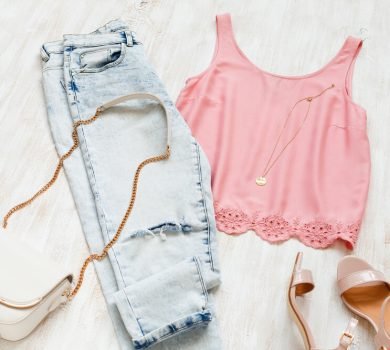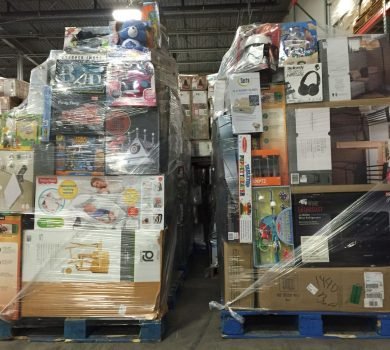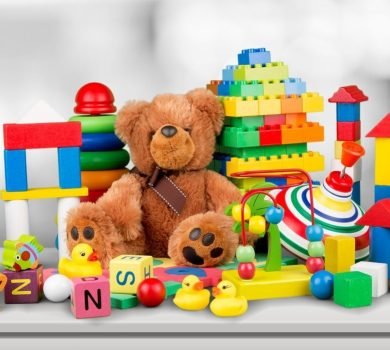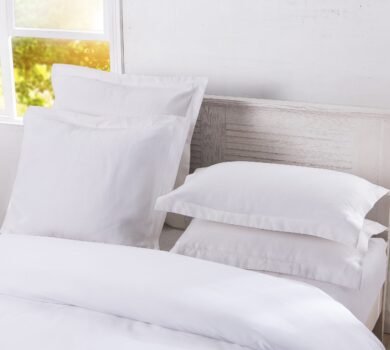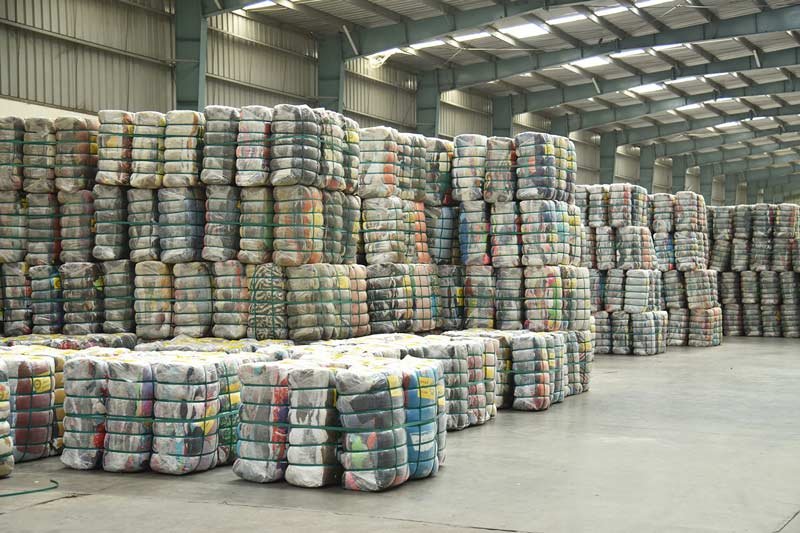
Amidst the bustling intersections of commerce and sustainability, the pursuit of used clothing in the United States weaves an intricate narrative. It’s a tale where eco-conscious consumers, thrift shop enthusiasts, and discerning entrepreneurs converge, driven by the allure of bulk bales of used clothes. This practice is not merely a transaction but a testament to a circular economy where every garment is a chapter, every bale a volume in the anthology of reuse and recycle.
Note: At Orotex Liquidation we don't sell any used clothing, we only wholesale New Clothing pallets and truckloads from United States Department Stores in the following categories
What is a Bale of Clothes?
The term ‘bale’ refers to a compressed package of used apparel, typically tipping the scales from (45 to 54 kilograms). Each bale is meticulously wrapped in fabric or another durable material, ensuring its contents are protected during transportation and storage. These bundles are the currency of the used clothes trade, representing a treasure trove of possibilities for retailers, wholesalers, and distributors.
Different Types of Quality
In the dynamic landscape of used clothing sales, the quality of bales is paramount, with each bale offering a unique assortment of clothes that mirrors the diversity of consumers’ needs and preferences. The market segments these bales into categories that reflect their condition, brand presence, and the level of wear they exhibit. Understanding these grades is crucial for buyers aiming to meet their inventory requirements and for businesses like Orotex Liquidation to communicate the value of their new clothing bales in contrast.
Premium Grade Bales:
At the pinnacle of second-hand clothing are the Premium Grade bales, a coveted collection of garments often containing designer labels and high-quality pieces. These clothes are remarkable not only for their brand recognition but also for their pristine condition, often appearing nearly new. Premium-grade bales are the jewels of the used clothing industry, offering resellers the opportunity to provide top-tier apparel to discerning customers.
Grade A Bales:
The backbone of the used clothing bales market is the Grade A selection. These garments are characterized by their commendable quality and minimal signs of previous wear. A Grade bales are the perfect middle ground, balancing high-end appeal and affordability. The materials in these bales are durable, and the clothes retain a level of integrity that makes them an intelligent purchase for both sellers and buyers.
Grade B Bales:
Venture further, and you’ll find Grade B bales, where the clothes tell tales of their former lives. These garments may bear the marks of their journey – a missing button here, a patch there. However, their imperfections are not the end of their story. With mending and care, these pieces can be revitalized and reintroduced into the fashion cycle. Grade B bales are often sought by those looking to tap into the market of budget-conscious consumers or those skilled in apparel repair and restoration.
In the used clothing bale industry, each grade serves a distinct purpose and meets various consumer needs. For businesses like Orotex Liquidation, understanding these grades is essential when positioning their new clothing bales as an alternative, offering a fresh and unblemished counterpart to the second-hand market. This knowledge not only enhances the ability to cater to a diverse clientele but also underpins the potential to pivot customers toward the untapped value of investing in new clothing bales.
Why Buy in Bulk?
Why, one might ask, does one buy in bulk? The answers are as layered as the clothing within the bales. It’s cost-effective, cutting per-unit expenses significantly. It’s a treasure hunt, where diversity in inventory equates to a broader canvas for sales. And it speaks to the rhythm of retail, where volume is king.
How to Buy Wholesale?
Purchasing bales of used clothing in bulk requires a strategic approach that includes thorough research and planning. Here’s a step-by-step guide to help navigate the process:
- Market Research: Embark on a quest for suppliers. Your allies in commerce could be wholesalers, redistributors, or philanthropic donations of charitable entities and second-hand stores. The digital sphere may offer a plethora of such connections.
- Quality Grades: Commit to learning the classification of used clothing bales. Suppliers distinguish their wares with labels such as Premium, Grade A, and Grade B, each denoting a distinct caliber of wearability and potential for profit.
- Evaluate Suppliers: Conduct a thorough appraisal of the suppliers. Sift through consumer feedback, corroborate their references, and if the stars align, inspect their operational base firsthand. Transparency regarding their bale contents and garment conditions is a hallmark of a trustworthy supplier.
- Sample Orders: When feasible, request a sample batch. This tactical move can serve as a shield against the blows of mass disappointments and fiscal mishaps.
- Negotiate Prices: Upon finding a supplier that matches your criterion, enter the negotiation arena. The sheer volume of bulk purchases often begets flexibility in pricing, allowing you to carve out a cost-effective deal.
- Understand the Costs: Equip yourself with full knowledge of all associated costs. The aggregated sum of shipping fees, taxations, and potential duties can exert a significant force on your financial blueprint.
- Inspection: Make a strategic decision about who will perform the bale inspections before finalizing the purchase. Such scrutiny is your safeguard for quality assurance.
- Payment Terms: Construct a payment agreement that fortifies the fiscal security of both parties involved. For cross-border transactions, tools such as letters of credit or escrow services can serve as your financial armor.
- Logistics: Chart out the journey of your bales from their origin to your stronghold. This may involve liaisons with freight carriers and the allocation of storage facilities.
- Legal Compliance: Ascertain adherence to the legal frameworks at local, national, and international levels about the import and trade of second-hand clothing.
- Sustainability: Consider the environmental impact of your operations and make choices that promote sustainability within the industry.
By following these steps, you can increase your chances of successfully buying bales of used clothing in bulk, ensuring a supply of goods that meet your business requirements while also considering ethical and environmental factors.
Where to Buy Wholesale?
Online Wholesalers
In the digital bazaar, online wholesalers are akin to caravanserais, offering weary retail travelers a chance to restock and replenish. Here, you may peruse extensive catalogs, each listing a portal to a potential deal, a digital handshake waiting at the end of a successful transaction.
Charity Organizations
Then there are the altruistic outposts—charity organizations. These bastions of goodwill gather their bales from the generous tides of donations, turning charitable acts into commercial opportunities, with proceeds funneling back into their noble causes.
Local Thrift Stores
Please do not overlook the local thrift stores; these community cornerstones are treasure troves in their own right. Occasionally, they offer the excess of their collections in bulk, an opportunity for the astute buyer to glean from a curated selection.
The Inspection Process
The inspection process is a crucial threshold in the journey of bulk buying. It is here that one must don the lens of scrutiny, examining the bales to ensure that the fabric of reality matches the tapestry of expectation.
Transportation Logistics
The transportation of bulk bales is a logistical ballet, where each step, from shipping to handling to storage, must be choreographed with precision to ensure that the bales’ journey from seller to buyer is seamless.
Cost Considerations
The financial tapestry of buying bulk bales is complex. The threads of quality, quantity, transportation, and the market position of the seller weave together to form the final price tag. It’s a multifaceted puzzle that demands a keen eye and a sharper mind to solve.
Tips for First-Time Buyers
For neophytes to the bulk buying arena, wisdom from seasoned veterans can be a lighthouse in the foggy seas of commerce. These pearls of wisdom, ranging from bale assessment techniques to the art of supplier relationships, can safeguard one from the sirens of common commerce blunders.
Staying Legal and Ethical
In this trade, the compass of legality and ethics must always point true north. This means ensuring compliance with trade regulations, respecting intellectual property, and considering the provenance of clothing to ensure that one’s business practices honor both man and the environment.
The Environmental Impact
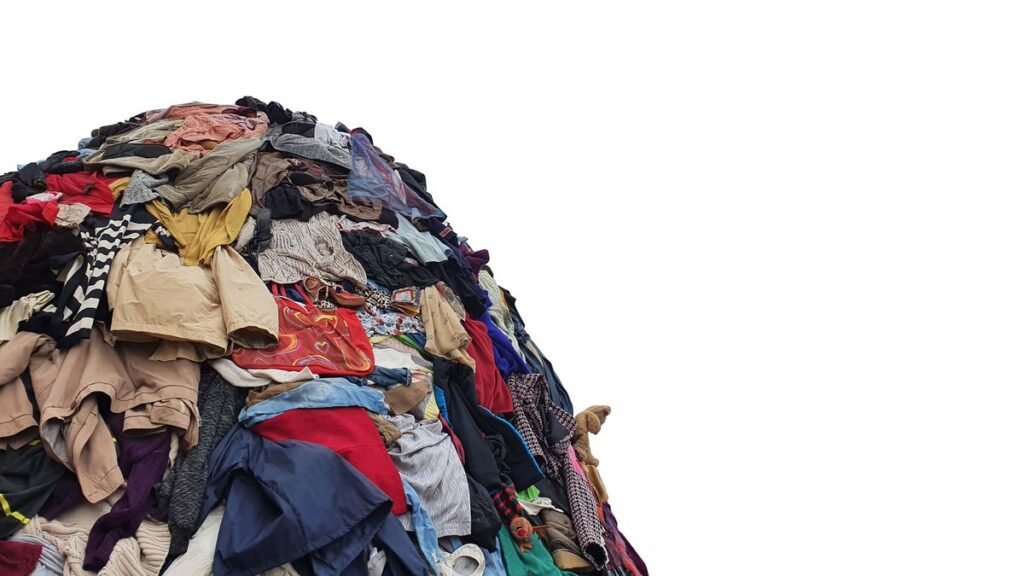
Indeed, the trade in used clothes is a chapter in the larger story of environmental stewardship. By participating in this market, one becomes an actor on the sustainability stage, contributing to waste reduction and endorsing the ethos of a circular economy.
Conclusion
Navigating the seas of wholesale-used apparel acquisition is a voyage of discovery, fraught with challenges but prosperous with opportunity. It requires a discerning eye, an understanding heart, and a commitment to the greater good.
FAQ
How many pieces of clothing are in a bale?
How many pieces of clothing are in a bale?
The quantity of apparel in a bale is not a fixed number but a spectrum, as diverse as the garments themselves. Several variables interplay to determine this count: the nature of the garments, their individual bulk, and the compression method employed. Imagine, if you will, a bale stuffed with gossamer-thin blouses—such a bale would boast a higher garment count than one burdened with the heft of winter coats. Similarly, the miniature dimensions of children’s wear mean that bales of their clothes are denser in number compared to their adult counterparts. On average, though, a mixed bale of used clothes is likely to house anywhere from 400 to 600 pieces. Yet, this is merely a ballpark figure. The density of the pack and the clothing type can make this number ebb and flow. Thus, it’s prudent for buyers to engage in dialogue with suppliers to ascertain the expected number of pieces per bale, ensuring alignment with logistical plans and business needs. Suppliers’ estimates usually hinge on the bale’s weight and the clothing categories it contains.
How big is a bale of clothing?
How big is a bale of clothing?
The dimensions of a bale of clothing are subject to variability, contingent upon the packing technique, the type of clothing compressed within, and the standards upheld by the manufacturing company. Bales typically manifest in a cubic shape, with dimensions that may start at 3 feet in all directions and can ascend to larger sizes. While bales are frequently classified by weight—a standard bale can weigh from 100 to upwards of 120 pounds—it’s the volume, often around 30 cubic feet, that can notably fluctuate. This lack of a universal sizing standard necessitates that buyers thoroughly interrogate their suppliers about bale dimensions and weights, which are critical for the logistical calculus of shipping expenses and warehousing space.
How much does it weigh?
How much does it weigh?
Diving deeper into the mass of a clothing bale, we find that, akin to size, weight is a variable attribute. Commonly, a bale’s weight is bracketed between 100 to 120 pounds, yet this is merely an average. The spectrum of weight is broadened by the type of clothing—a bale of robust jeans and sturdy jackets will naturally weigh more than one comprising light t-shirts and summer dresses. It is incumbent upon buyers to verify the weight specifics with their suppliers, as the weight influences not only shipping costs but also the strategic planning of logistics.
How many bales fit in a truckload?
How many bales fit in a truckload?
The puzzle of fitting bales into a truckload is a game of spatial and weight considerations. In a standard 53-foot trailer, which is ubiquitous in the United States, one might fit up to 30 pallets without stacking. Each pallet, in turn, can cradle about 30 to 40 bales, depending on their size. But here’s where it gets interesting: while a bale might be a neat 3-foot cube in theory, the reality of their heft must be reconciled with the truck’s weight capacity, often capped at 45,000 pounds. Thus, while you could theoretically pack up to 450 bales—assuming each weighs 100 pounds—the reality of logistics, which includes palletizing and ensuring secure transit, might paint a different picture. Engaging a logistics expert is paramount in determining the optimal number of bales that can be transported, factoring in all these variables for a journey that’s both safe and within the bounds of the law.


